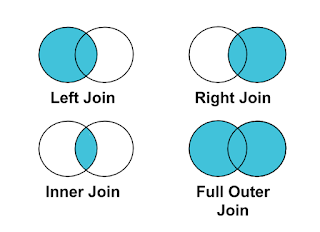Data automation V/S Data optimization
Have you wondered how to increase the speed while using big data? The basic answer is to bring automation to your workflow. But the question is whether data automation alone is sufficient to improve business performance? In my previous job experience, I have come across this question and my research suggests that both of them need to work together in order to speed up the process while avoiding human errors. If you have recurring data or repetitive datasets which need to fill over different duration then these options prove out to be hefty for any business.
Let's get a basic idea of data automation and data optimization before starting the battle. Consider you receive quarterly data and every time you need to enter the data manually and along with it you need to create a visualization from it. This workflow sounds like it will take a couple of days at least to narrow down the time taken and to reduce errors we use data automation. Data optimization is always been a pillar for data science and is allied with automation as both of them serve a common purpose.
After getting flooded with information let's explore what data needs to be automated or optimized? Mainly data automation and optimization bring a lot of value with themselves and can be implemented in different datasets. It will make it easier to sustain data integrity in the longer run. Basic questions are whether the data needs to be updated (recurring data), data volume is high, does the data needs to be edited/changed before processing, and the last question is whether the data comes from multiple sources. If your answer is yes then you must consider data automation and data optimization.
Now we will focus on the strategies required to achieve data automation and data optimization- start from the source itself by identifying your data based on the ease of availability and in case you are already using some extraction tools make sure it needs to be compatible with your operations. Transforming the data will be a crucial step such as avoiding the use of acronyms and extra delimiters. Considering the previous steps we need to select different tools such as Microsoft VBA, business intelligence tools, and ETL tools which can help you to achieve the desired results.
Every tool comes with its pros and cons such as VBA will help you to extend the abilities of excel and automate your workflow but you need to learn how to write the code structure for your dataset. Moreover, if you consider VBA it may look obsolete in nature as compared to its rivals. When we see BI and ETL tools they are intuitive in nature and easy to navigate around but you need to buy an expensive subscription for it.
Challenges we need to face if we implement both data automation and data optimization- Extracting actionable insights from unstructured data is a big setback to overcome it data cleaning should be considered in pre-processing stages, integrating the data from different sources can be a huge task if it contains metadata (data that provide information about other data) hence different methods should be considered which can deal with noisy data in a most effective manner.
Optimization and automation are considered to be key pillars in improving business performance but it requires a great investment of time and money at the start. It is like a plant whose seeds are sown and you will reap great benefits at later stages.



Comments
Post a Comment